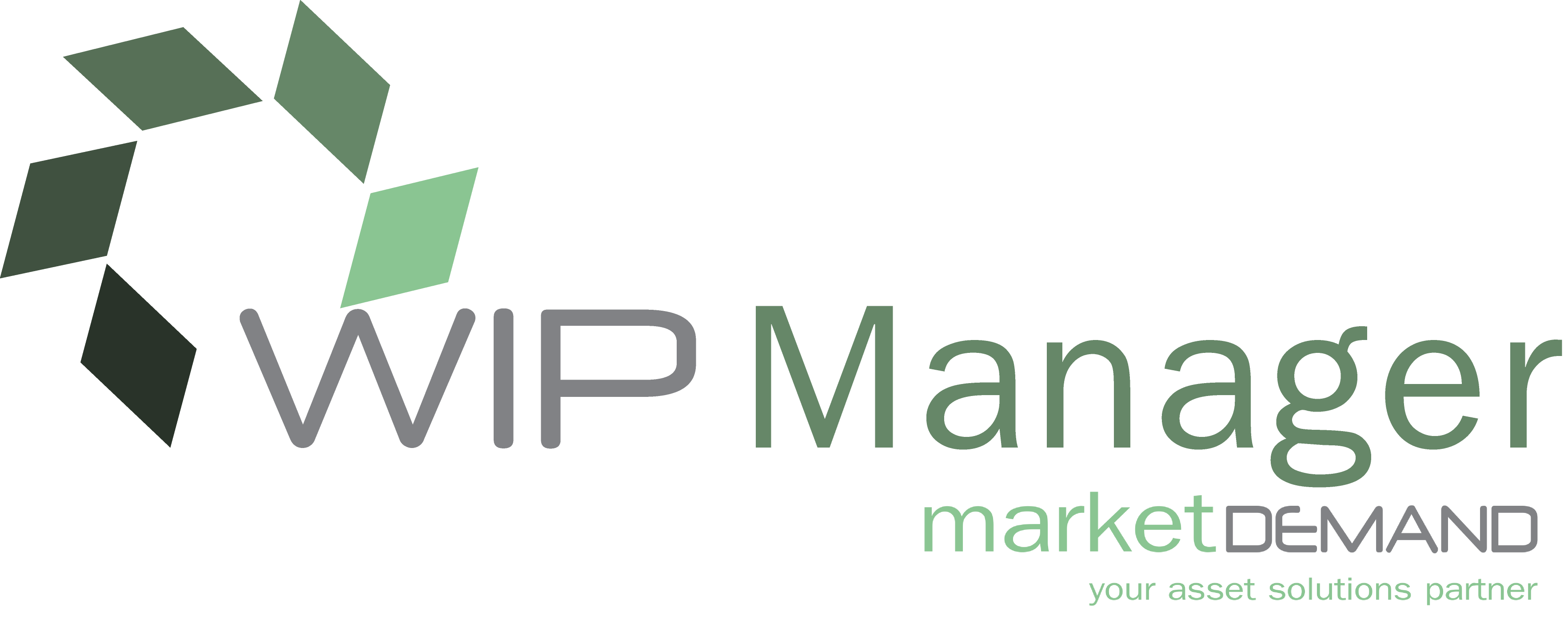The introduction of Generally Recognised Accounting Practice (GRAP) within local government focussed attention on asset management, and National Treasury additionally issued a number of asset management practice and reporting requirements. These include the need to identify, componentise, value and track the health of assets, to establish programmes and provide resources to care for assets, and to report on these matters.
An asset register is a complete and accurate database of the assets that is under the control of a municipality and that is regularly updated and validated. An adequate asset register is integral to effective asset management. It is the basis of an asset management information system and should contain relevant data beyond that required for financial reporting.
Market Demand focusses mainly on the compilation of a asset register as peer the following graphic that covers GRAP17, GRAP 16, GRAP 100 and GRAP 101

Our asset model combines four pillars namely (i) surveying and unbundling, (ii) Technologies, (iii) Financial reconciliation and reporting and (iv) Specialised experts for engineering, landfills and properties. The four pillars are used to provide a link between the various departments at the municipality to ensure complete and accurate information is used during the compilation of the AFS.
Our engineering specialists will focuss on:
Facility surveying and unbundling Asset measusrent (valuation) Useful life determinationOur property specialists will focuss on:
Compilation of the property register Property valuation and split calculation between land and improvementsOur financial team will focus on:
Setting up and testing the templates for running DRC Adjusting CRC to the opening value as per the capacity of the municipality Developing a methodology for the financial accounting of the project Running depreciation on adjusted CRC Performed quality control on final figures Populate Appendix B and C after the asset register was finalised Propose adjusting journals to balance the Appendix and the TB AFS disclosure notes for assets

Local Municipalities in South Africa face the same two critical problems with regard to the provision of services to its customers, non-payment for services and inefficient operations and maintenance of its water, electricity and sewerage networks. The symptom of non-payment is normally reflected in the Municipality’s outstanding debtor accounts.
The reasons for the increase in the Municipality’s non-revenue services (i.e. discrepancy between system input and income generated from the sale of services) can be attributed to:
Distribution losses on the primary networks
The Municipal Financial Management Act (MFMA), section 63(2)(a) requires that the entity must have an adequate management, accounting and information system in place which accounts for assets, delivering GRAP compliant results. The need to have an Asset Management System was hence identified and to fill this gap we have developed the Asset Manager System.
Over a period of almost 2 years by a team of programming specialists, along with an asset specialist with appropriate asset accounting experience, we present to you Asset Manager.
In 2014 the System was introduced in Lekwa Local Municipality (Clean Audit) and Joe Morolong Local Municipality (Qualification, with positive comments on System from AG).

This module allows the following:
The transfer of unbundled assets to the FAR will be indicated, therefore the WIP register will only show WIP on year end.
![]()
Each authorised system user has a unique username and will need a password to gain access to the system.
Assigned system administrators have the ability to :
All data in the system is encrypted and cannot be read outside the system.
Password standards have been implemented.
Forgot my password option allows users to reset their passwords
.

Online application that allows you to view your assets on a Map by GISID
Assets pin pointed on a google map.